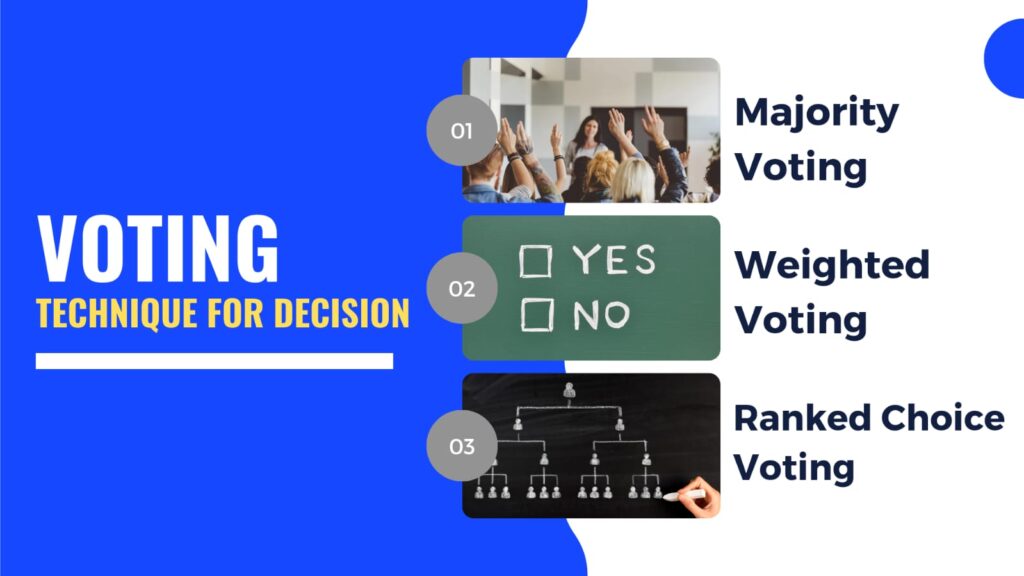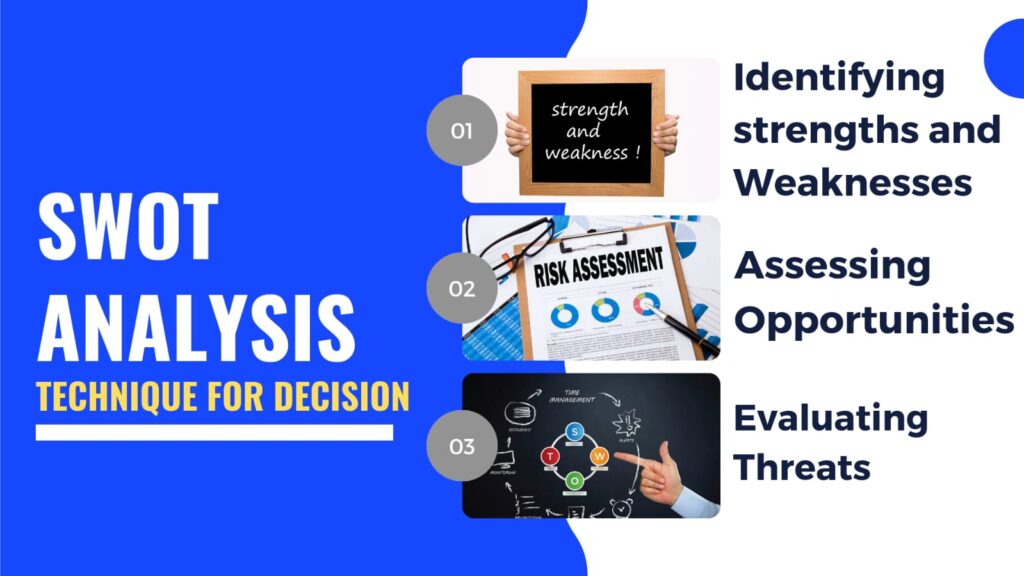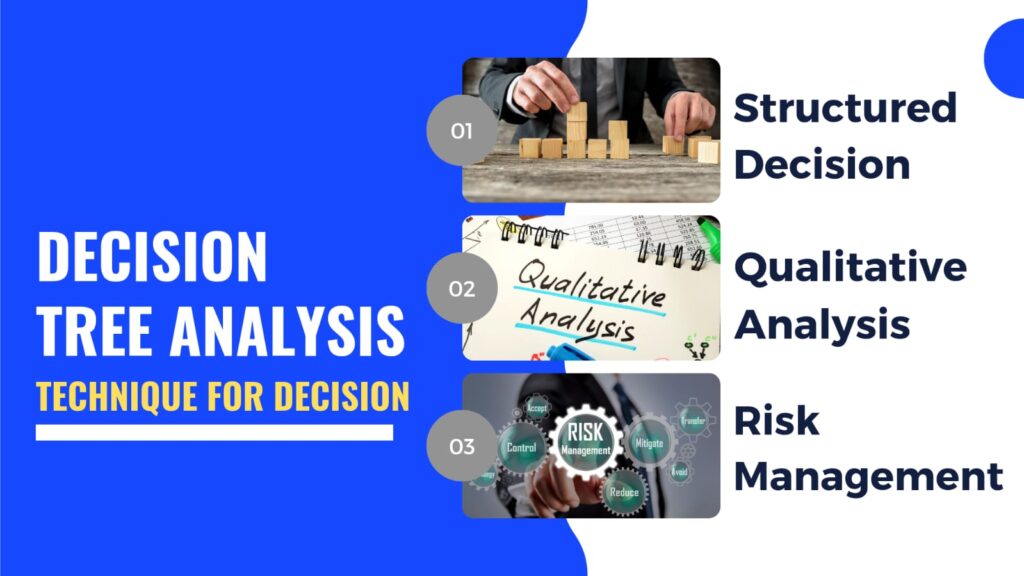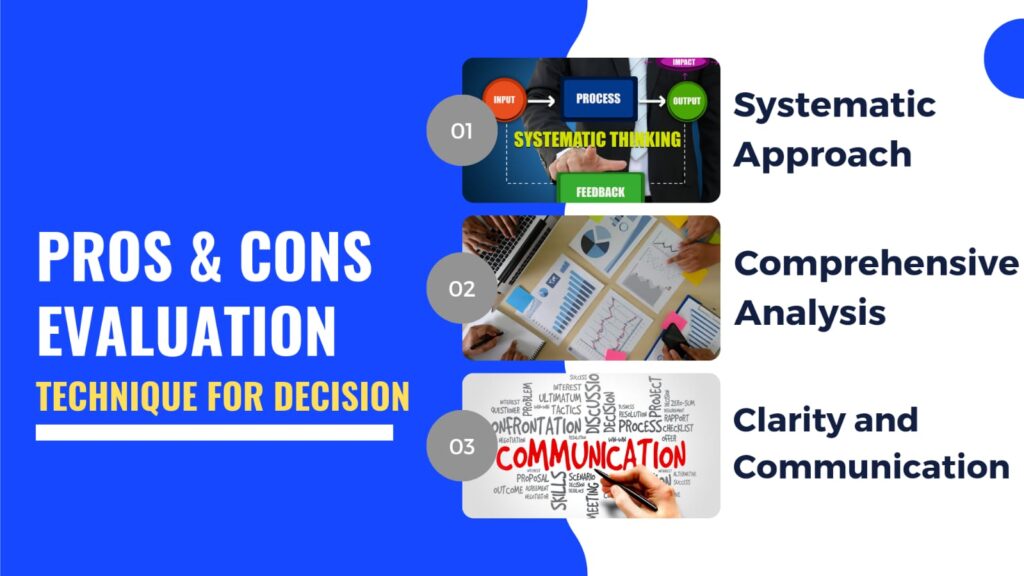Five Techniques for More Effective Decision Making

Introduction:
Effective decision-making is a vital skill that can significantly contribute to the success of both individuals and organizations. Making sound decisions involves thoughtful evaluation and analysis of multiple factors, such as available options, risks, and potential outcomes. In this article, we will delve into five proven techniques that can help improve decision-making: voting, SWOT analysis, decision tree analysis, pros and cons evaluation, and heuristic methods.

1. Voting
Effective decision-making is a vital skill that can significantly contribute to the success of both individuals and organizations. Making sound decisions involves thoughtful evaluation and analysis of multiple factors, such as available options, risks, and potential outcomes. In this article, we will delve into five proven techniques that can help improve decision-making: voting, SWOT analysis, decision tree analysis, pros and cons evaluation, and heuristic methods.

2. SWOT Analysis
SWOT analysis stands for Strengths, Weaknesses, Opportunities, and Threats. This technique systematically evaluates these four aspects to comprehensively understand a decision’s potential outcomes. By identifying strengths and opportunities, leveraging them, addressing weaknesses, and mitigating threats, SWOT analysis helps make informed decisions focusing on maximizing benefits and minimizing risks.

3. Decision Tree Analysis
Decision tree analysis is a visual tool that helps map out various decision pathways and their potential consequences. By systematically breaking down a decision into smaller components and analyzing the possible outcomes at each stage, decision tree analysis provides a structured approach to decision-making. It allows individuals to consider multiple scenarios and their probabilities, facilitating a more thorough evaluation of risks and rewards.

4. Pros and Cons Evaluation
The pros and cons evaluation technique systematically lists each option’s advantages and disadvantages. By considering each choice’s positive and negative aspects, individuals can better understand the potential benefits and drawbacks. This technique helps compare different options and make decisions based on a well-balanced assessment of their merits.

5. Heuristic Techniques
Heuristic techniques are cognitive shortcuts or rules of thumb that aid decision-making when time or resources are limited. These techniques rely on experience, intuition, and simplified decision rules to arrive at a satisfactory solution quickly. While heuristic techniques may not always result in the optimal decision, they can be valuable when efficiency and quick thinking are crucial.

Conclusion
Effective decision-making is a skill that is honed through various techniques. Individuals and organizations can enhance their decision-making processes by employing voting, SWOT analysis, decision tree analysis, pros and cons evaluation, and heuristic methods. These techniques provide frameworks and tools to consider different perspectives, evaluate potential outcomes, and make informed choices. Developing proficiency in these techniques can significantly contribute to achieving goals and objectives while minimizing risks and maximizing benefits.
Isaac's Closing Questions
- How have these five techniques for effective decision-making helped you in your personal or professional life?
- Which of the five techniques resonates with you the most, and how do you plan to incorporate it into your decision-making process?

